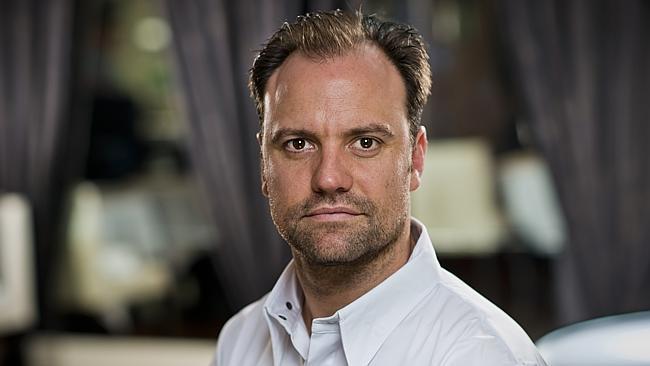Zak Frost and The Ledbury’s Brett Graham on Australian truffles
It wasn’t Aussie patriotism that sealed Brett Graham’s love for Manjimup’s prized export.

Navigating stop-start London traffic, Zak Frost is enthusing about Aussie truffles. The season may be drawing to a close in the southern hemisphere but in the northern, this is “the summer of the Australian truffle”, he says.
Frost should know. Owner of Wiltshire Truffles, he hunts and sells native English truffle and sells French, Spanish and Italian truffles to Britain’s culinary who’s who. Broadening his sights to West Australian truffles two years ago has allowed Frost to bridge a seasonal gap in his market; a move that’s paying off.
Rated 14th in the World’s 50 Best Restaurants is London’s The Ledbury, headed by Aussie expat Brett Graham. Always keeping his ear to the ground for the best ingredients, he was tipped off about Australian black truffles from some of his three Michelin-starred colleagues.
“They said they were some of the best truffles they’d ever tried, and one of (the chefs) was French, so I knew we were on to something good,” he says, smiling.
But quality, not hearsay or Aussie patriotism, has since sealed Graham’s love for Manjimup’s prized export. “They’re outstanding,” he says. “Here in January you’ve got about a four-week window of pretty good black truffles, whereas the Australian season goes longer and I think across the board, consistency wise, it’s a better product.”
At Kitchen W8 in Kensington, Mark Kempson was at first tentative. “Last year I resisted. Had one or two, enjoyed them, but thought this isn’t a summer thing.” Kempson leans forward on his chair. “When they came back around this year I thought I have to use those.” Frost, understandably, is smiling. “Once you taste them, they speak for themselves,” Kempson says. “We’ve used them for the whole season and we will continue until they stop.”
Not everyone is as enamoured. “There are those that taste them and are impressed by the quality, but they just can’t justify the air miles,” Frost admits.
“A couple of prominent French chefs have said they love them but that black (Perigord) truffle has a place on our winter, not summer, menus.”
Graham draws a simple parallel on mileage, asking nay-sayers if they’ve drunk Australian wine. Of course they have.
“That bottle is over a kilo, drunk between, say, two,” he says. “A kilo or so of truffle … well, a chef can stretch that over a week and about 400 dishes.” To him, it’s a staple, luxury or otherwise, unavailable locally or year round. Graham isn’t about to use Australian beef or New Zealand lamb but he rates truffles with peppercorns, saffron or lemons as ingredients that simply have to be imported.
For both chefs, black truffles in summer offer a creative boon.
“It opens up a whole other spectrum. It’s very inspiring,” says Kempson.
Similarly driven by creative possibility, Graham says, “You can use things like sweet corn. Girolles. Some of the amazing summer ingredients here that lend themselves very well to black truffle where traditionally you just use it in winter, with celeriac, wild deer and whatever.
“It’s really interesting to see how well it pairs with more traditional summer ingredients. Baby root vegetables. Pheasant eggs, we have a 10-week window. Adding black truffle to a very ripe tomato … You couldn’t do that in winter because you wouldn’t get a good tomato here.”
Leaving Frost, he has a raft of other calls to make before heading back to Wiltshire. While he says 2016 was the year, with Australian yields on the increase, something tells me this is just the beginning.
Max Brearley is festival director of the annual Truffle Kerfuffle event in Western Australia.
www.trufflekerfuffle.com.au

To join the conversation, please log in. Don't have an account? Register
Join the conversation, you are commenting as Logout